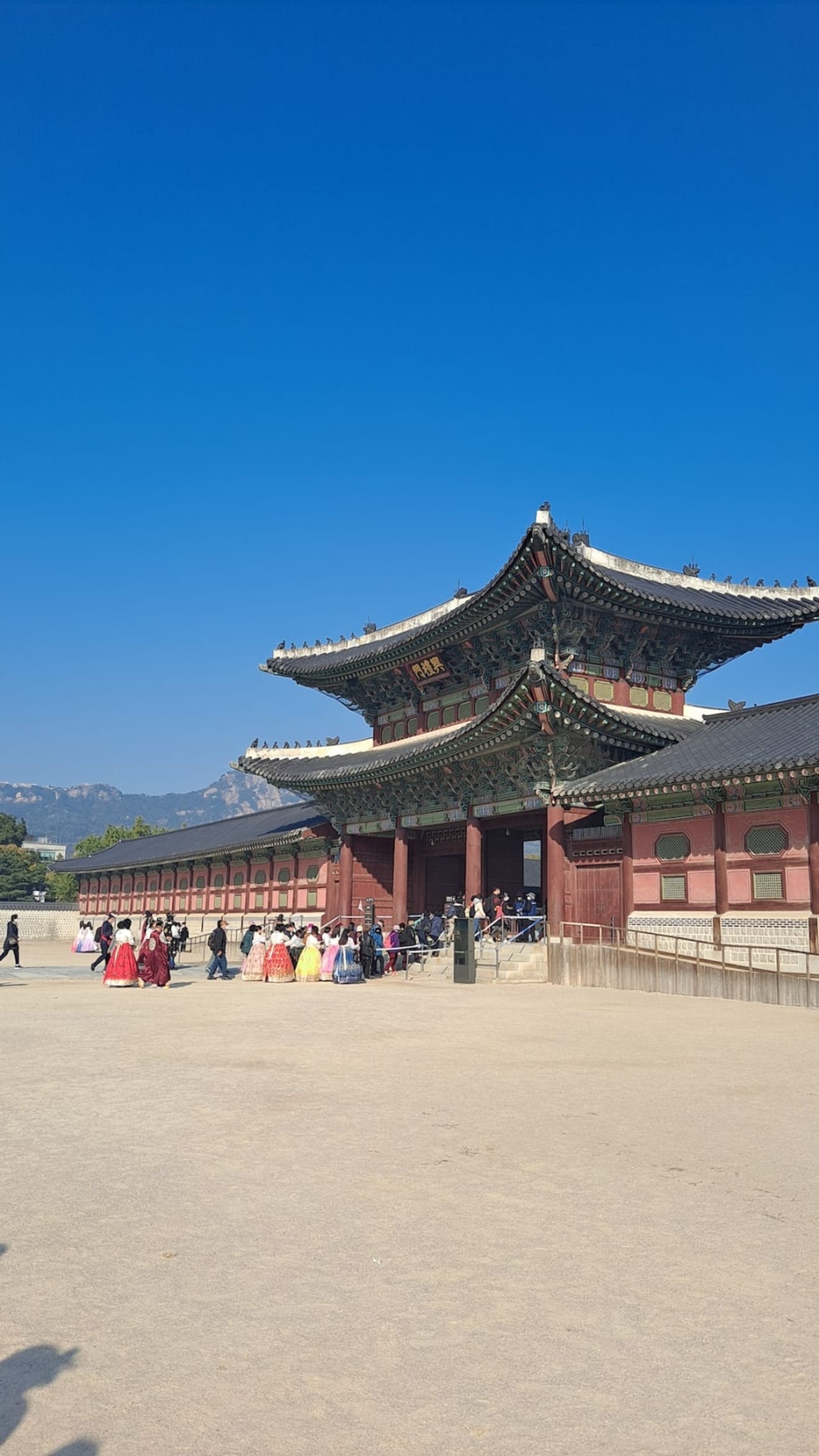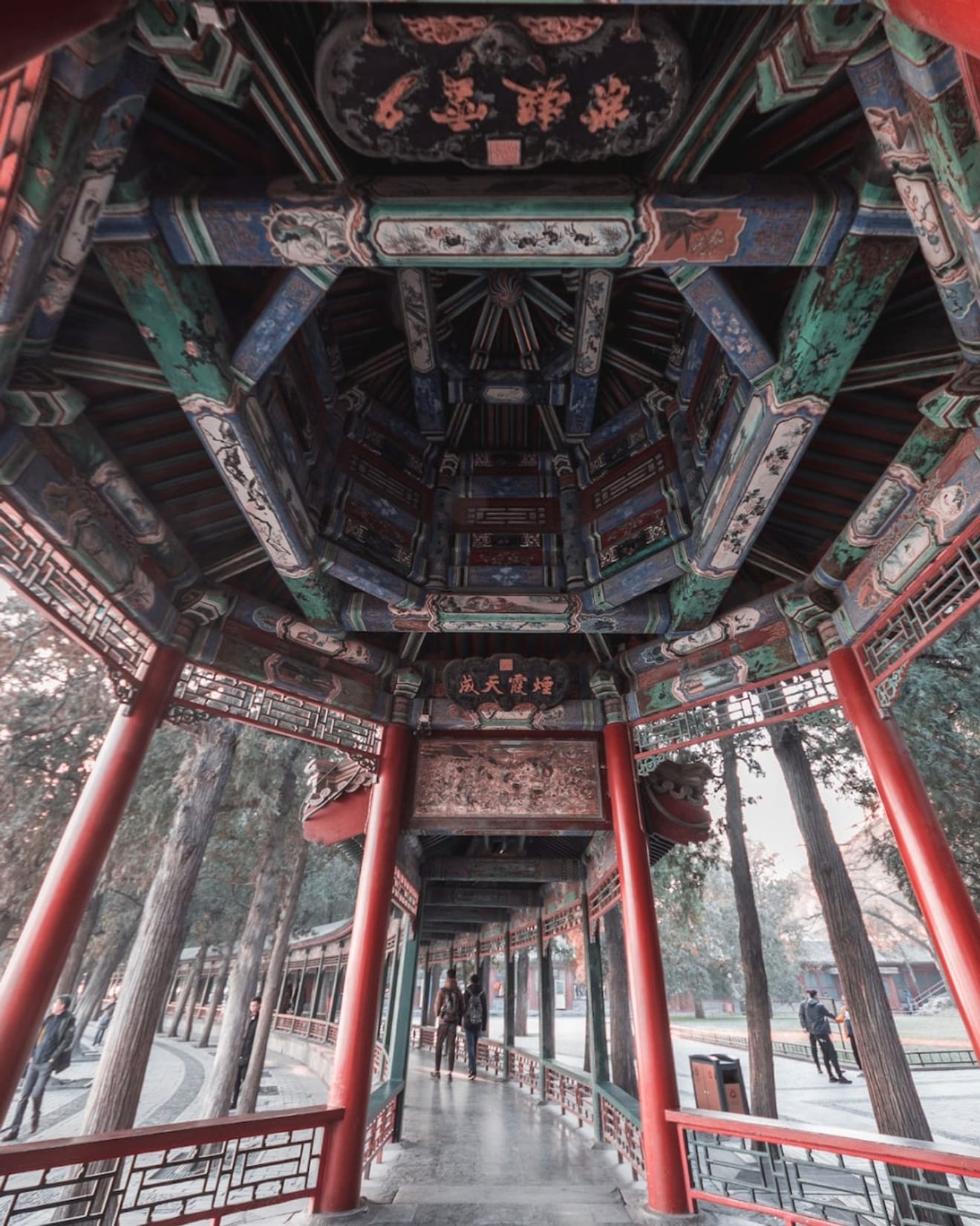Subject
- #Korea Travel
- #Seoul Tourism
- #Seoul Tourist Attractions
- #Gyeongbokgung Palace
- #Seoul Trip
Created: 2024-03-27
Created: 2024-03-27 15:26
Gyeongbokgung Palace is a historical palace located in Seoul, South Korea.
This palace was first built in 1395, just three years after the Joseon dynasty was founded, and served as the main royal palace for over 500 years.
Today, it is one of the most iconic and popular tourist attractions in Seoul, drawing millions of visitors each year.

History
The history of Gyeongbokgung Palace dates back to the early 14th century when Taejo, the founder of the Joseon dynasty, chose this location for his new royal palace.
Construction of the palace began in 1394 and was completed the following year.
The palace was designed to reflect the values and aesthetics of the Joseon era, which emphasized Confucianism, simplicity, and harmony with nature.
Over time, Gyeongbokgung Palace underwent numerous expansions and renovations, as well as periods of destruction and reconstruction due to various conflicts and invasions.
In the late 16th century, the palace was destroyed by fire during an invasion by Japan.
It was later rebuilt in the 19th century during the reign of King Gojong, and has undergone several restorations and renovations since then.

Scale and Composition
Gyeongbokgung Palace is a vast complex covering over 400,000 square meters.
It features numerous buildings and structures, including the main throne hall (Geunjeongjeon), the royal banquet hall (Gyeonghoeru), the Queen's quarters (Sujeongjeon), and the King's quarters (Ganeungjeon).
The palace is surrounded by massive stone walls and features multiple gates and gardens.
The layout of the palace reflects Confucian principles that emphasized hierarchical order.
The palace is arranged around a central axis that runs from the main gate (Gwanghwamun) to the throne hall, with the King's residence located to the east and the Queen's residence to the west.

Architectural Style and Features
The buildings of Gyeongbokgung Palace are characterized by a unique blend of traditional Korean and Chinese architectural styles.
They are distinguished by their ornate and elaborate designs, curved roofs, and vibrant decorations.
Many of the buildings feature wooden pillars and beams constructed using traditional Korean woodworking techniques.
One of the most iconic buildings in the palace is Geunjeongjeon.
This building served as the main throne room where the King received officials and conducted formal ceremonies.
It features a large, elevated platform where the throne was located, surrounded by rows of wooden pillars and beams.
The roof of the building is adorned with intricate carvings and vibrant paintings that depict scenes from Korean mythology and history.
Another notable building in the palace is Gyeonghoeru.
This building was used for important royal banquets and ceremonies and features a large central pavilion surrounded by rows of stone pillars.
The pavilion is located in the middle of a large pond, surrounded by walkways and bridges.

Cultural Significance
Gyeongbokgung Palace is a symbol of Korean history and culture, and is widely considered one of the most important cultural heritage sites in Korea.
It played a crucial role in the nation's history as the seat of government and the site of numerous royal ceremonies and events.
Today, the palace serves as a museum and cultural center where visitors can learn more about Korea's rich cultural heritage.
The palace also plays an important role in preserving traditional Korean arts and crafts.
Many of the buildings and structures within the palace were built using traditional Korean techniques and materials, and there are several workshops and studios within the palace grounds where traditional crafts such as woodworking, papermaking, and pottery are still practiced today.
In addition to its cultural and historical significance, Gyeongbokgung Palace is also renowned for its natural beauty.
The palace grounds are home to numerous gardens and ponds and are surrounded by rolling hills covered with lush forests.
The design and layout of the palace are intended to harmonize with nature, and the palace grounds are considered a prime example of traditional Korean landscape design.
Visiting Gyeongbokgung Palace is a must for anyone interested in Korean culture and history.
It is open to the public year-round and offers a variety of tours, exhibitions, and cultural activities.
Visitors can witness traditional Korean ceremonies and performances, participate in hands-on craft workshops, and explore the many buildings and structures that make up this iconic landmark.
Comments0